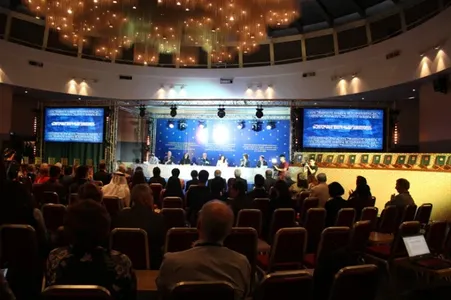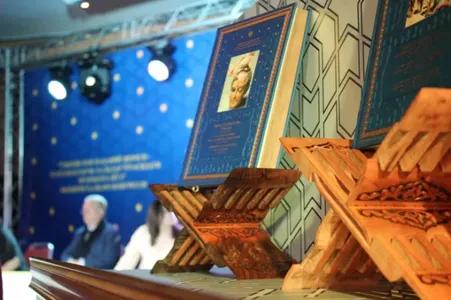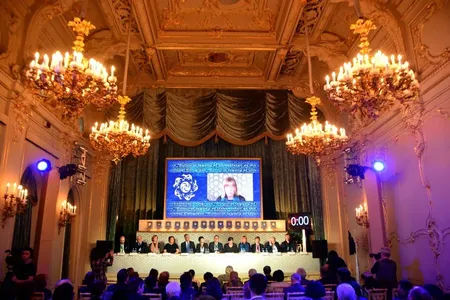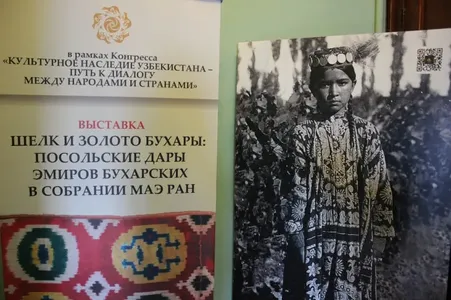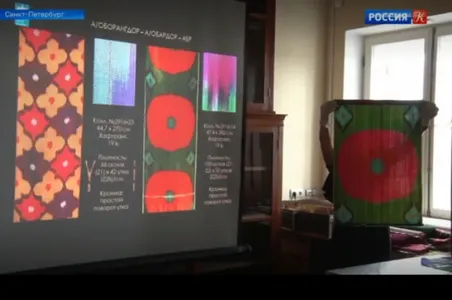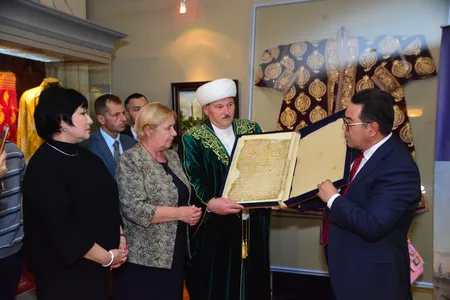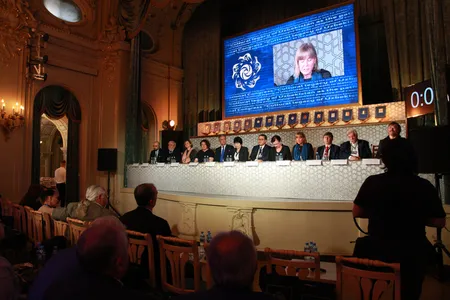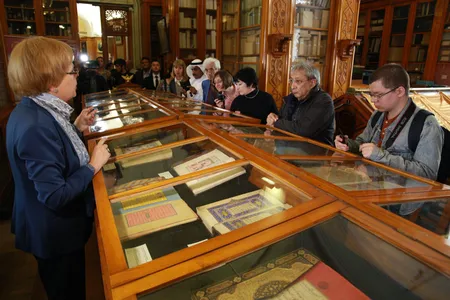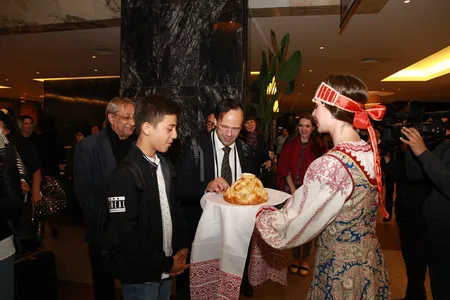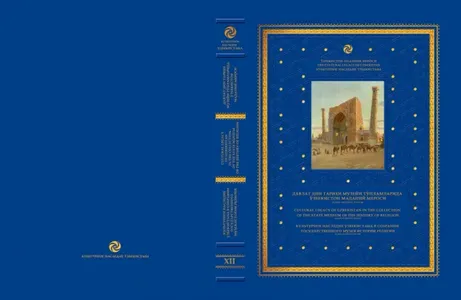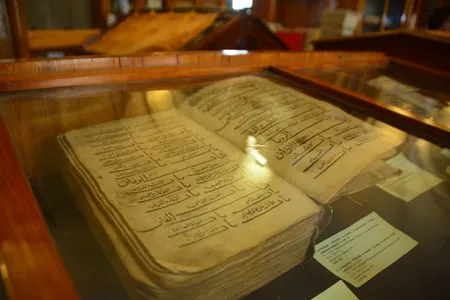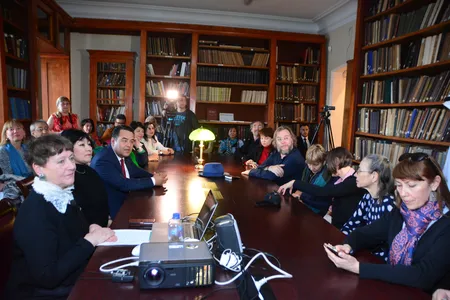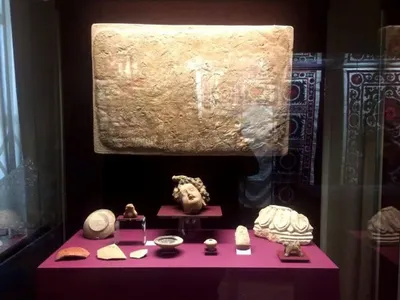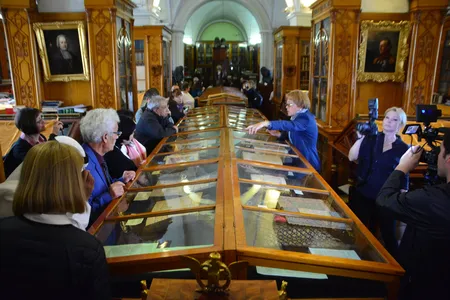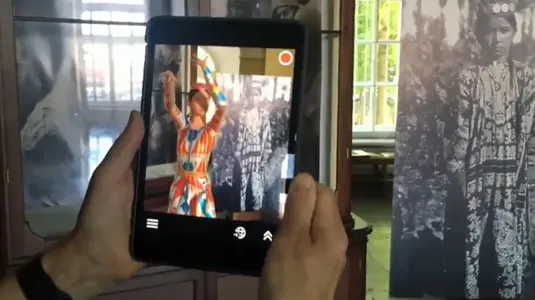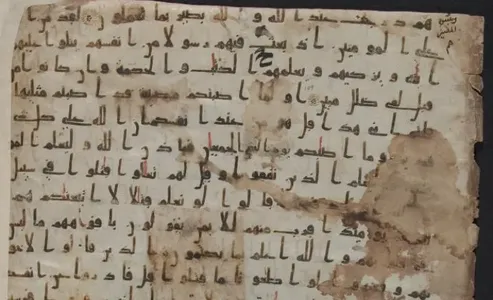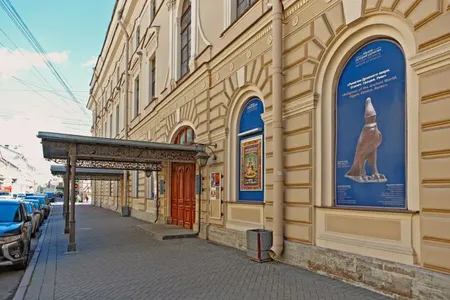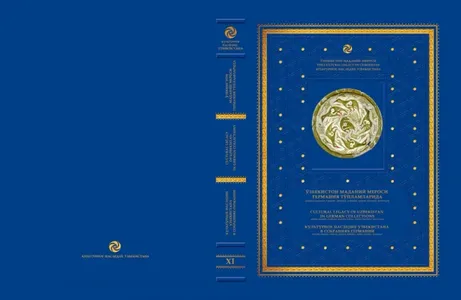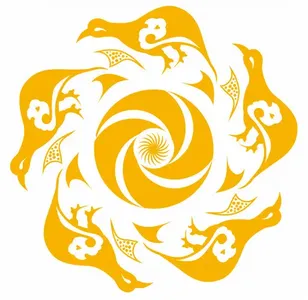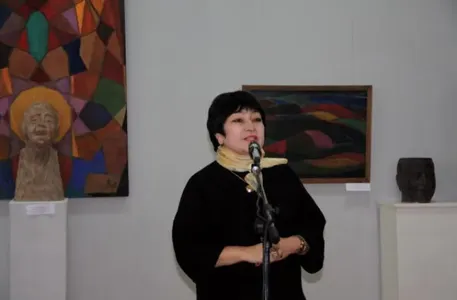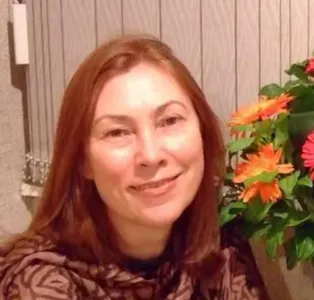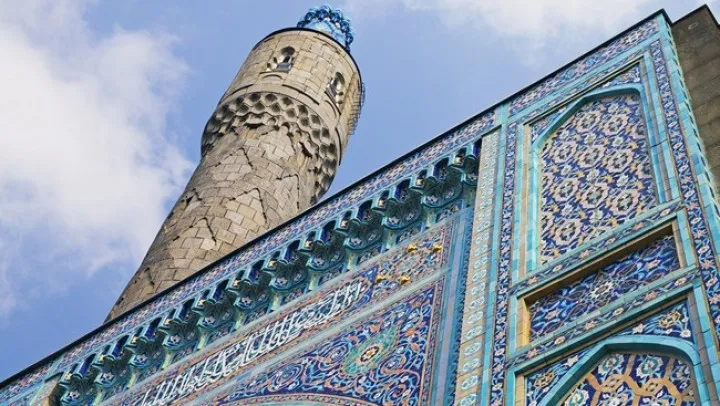
Within the framework of the Second International Congress "Cultural Legacy of Uzbekistan – a path to dialogue between peoples and countries", a delegation of Uzbek scholars will visit the Cathedral Mosque in St. Petersburg.
The event is particularly significant due to the fact that this visit will take place in the holy month of Ramadan for all Muslims. The Congress participants will be able to see with their own eyes the sophistication of the ornamental and calligraphic decoration of the mosque.
In 1881 Moscow and St. Petersburg were visited by the son of the Emir of Bukhara, who was present at the coronation of Emperor Alexander III (1881-1894).
In May of the same year, the Muslim community appealed to the government with a request for permission to build a mosque in St. Petersburg, but this issue was not resolved then.
The question of the construction of the Cathedral Mosque was raised again only in 1904 when the Russian Emperor Nicholas II met with the same high envoy from Bukhara, who came to St. Petersburg already as emir.
The issue was resolved in principle at the same time: Muslims were allowed to purchase a plot of land for the construction of a mosque. At the same time, the Emir of Bukhara donated 312 thousand rubles to buy land on the St. Petersburg side.
An architectural competition was held under the patronage of the Emir, and later all design and construction work was carried out.
At the competition, the first and second prizes were awarded to the projects of architect N.V. Vasiliev. Vasiliev's co-authors were civil engineer S.S. Krichinsky, who dealt with structural problems, and architect A.I. von Gauguin.
The ceremony of the official laying of the Cathedral Mosque was timed to coincide with the 25th anniversary of the reign of Seyid Mir-Alim-Emir of Bukhara and his visit to St. Petersburg and took place on February 10, 1910.
According to the authors of the project, the well-known motifs of Central Asian Muslim architecture should have been easily read in the architecture of the mosque of St. Petersburg. If the dome of the mosque largely repeats the dome of the famous mausoleum of Gur-Emir in Samarkand, then the shape and geometric patterns of the entrance portal were borrowed from the mausoleum of Shahi-Zinda. The walls of the mosque are lined with dark gray granite of rough texture, which gives the building a monumentality and makes it related to the northern architecture of St. Petersburg. The portal, the high dome and the thin slender minarets are covered with sky-blue ceramics, which were made by Russian craftsmen under the guidance of the famous ceramic artist A. K. Vaulina. Sayings from the Koran, executed in Arabic script, are inscribed on the facades of the building.
It should be noted that the Second International Congress "Cultural Legacy of Uzbekistan – a path to dialogue between peoples and countries" is held by the National Association of Electronic Media of Uzbekistan with the sponsorship of the oilfield services group "Eriell Group".

